The marketing industry is ever-changing, as standing out among competitors and catching the eye of potential customers becomes increasingly more challenging. That’s where CGI came into play as a revolutionary tool in many industries, including the furniture business. CGI in advertising makes every piece of furniture look visually appealing whether it’s social media, a portfolio, or a catalog. Moreover, with the development of technologies, CGI offers unparalleled possibilities for customization and almost real-life interactions with furniture without having to leave one’s home.
Our 3D rendering studio strives to provide furniture manufacturers and marketers with winning visuals for all their needs. So, what you should know to make the most out of CGI for advertising?
#1. Understanding CGI in Furniture Advertising

Computer-generated imagery (CGI) is a medium that involves the creation of 3D hyper-realistic visuals through computer-generated processes. CGI offers furniture brands unprecedented creative freedom, allowing them to construct virtual environments that showcase products with specific details. Unlike traditional photography, CGI allows to tailor every nuance (for example, lighting, textures, or colors) to the specific needs and goals of the brand or its marketers. While traditional photography is restricted by setting, available tech, and existing models, with CGI, you can do pretty much anything.
#2. Benefits of CGI in Furniture Advertising

One of CGI’s paramount advantages lies in its cost-effectiveness. Traditional photoshoots can be expensive and time-consuming, but CGI allows for swift modifications and updates. Brands can experiment with various styles and settings without the constraints of physical setups. Moreover, it doesn’t take away from realism but rather expands it. With CGI, you can produce hyper-realistic images in settings in environments that would’ve been hard or even impossible to create physically. Potential customers have an easier time imagining the furniture pieces in their own homes, which allows them to establish an emotional connection with what you are offering.
#3. Creating Engaging Visuals
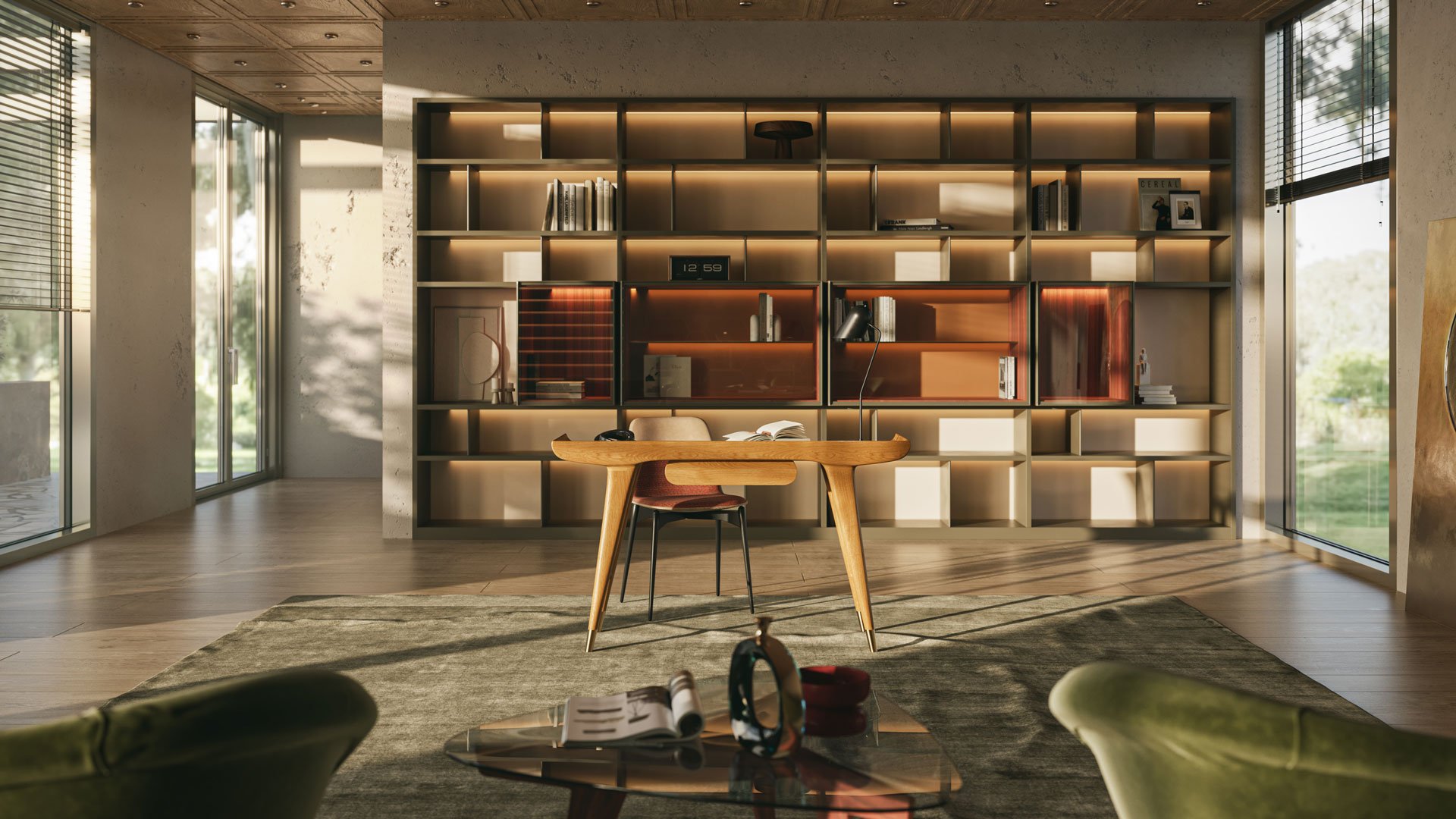
Advertising, whether on social media or in a physical catalog, is visuals-driven. The quality and appeal of the imagery are vital. Adding an element of storytelling also increases the chance of catching the potential customer’s eye. Incorporating narratives into CGI images evokes emotions, making the brand and its products more relatable. And using CGI in advertising allows you to ensure your visuals are consistently high-quality.
#4. Customization and Personalization
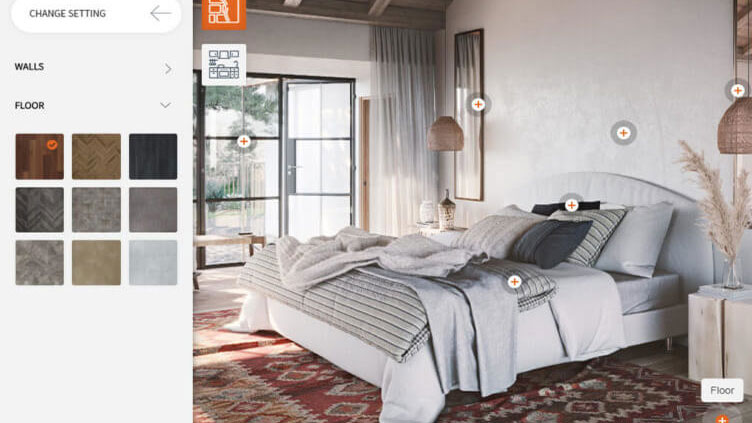
CGI opens the door to endless possibilities in customization. One of the best examples of that is a 3D configurator. When it comes to furniture, for instance, consumers can visualize items in different colors, materials, and settings. They can tailor products to their preferences. This personal touch significantly influences purchasing decisions, fostering a sense of ownership and connection to the brand.
#5. Overcoming Challenges

Unlike traditional photography, CGI in advertising allows tailoring the materials to specific target audiences, formats and media quickly and at a low cost. Whether you need to change the colors and textures to make targeted ads more efficient or tweak composition so it looks better in a specific format, it’s possible to do so. With 3D rendering software, you can use the same ad designs for different products by simply replacing a few 3D models. So, compared to traditional ads, tweaking and adjusting takes much less time and effort.
#6. Integration with Augmented Reality (AR)
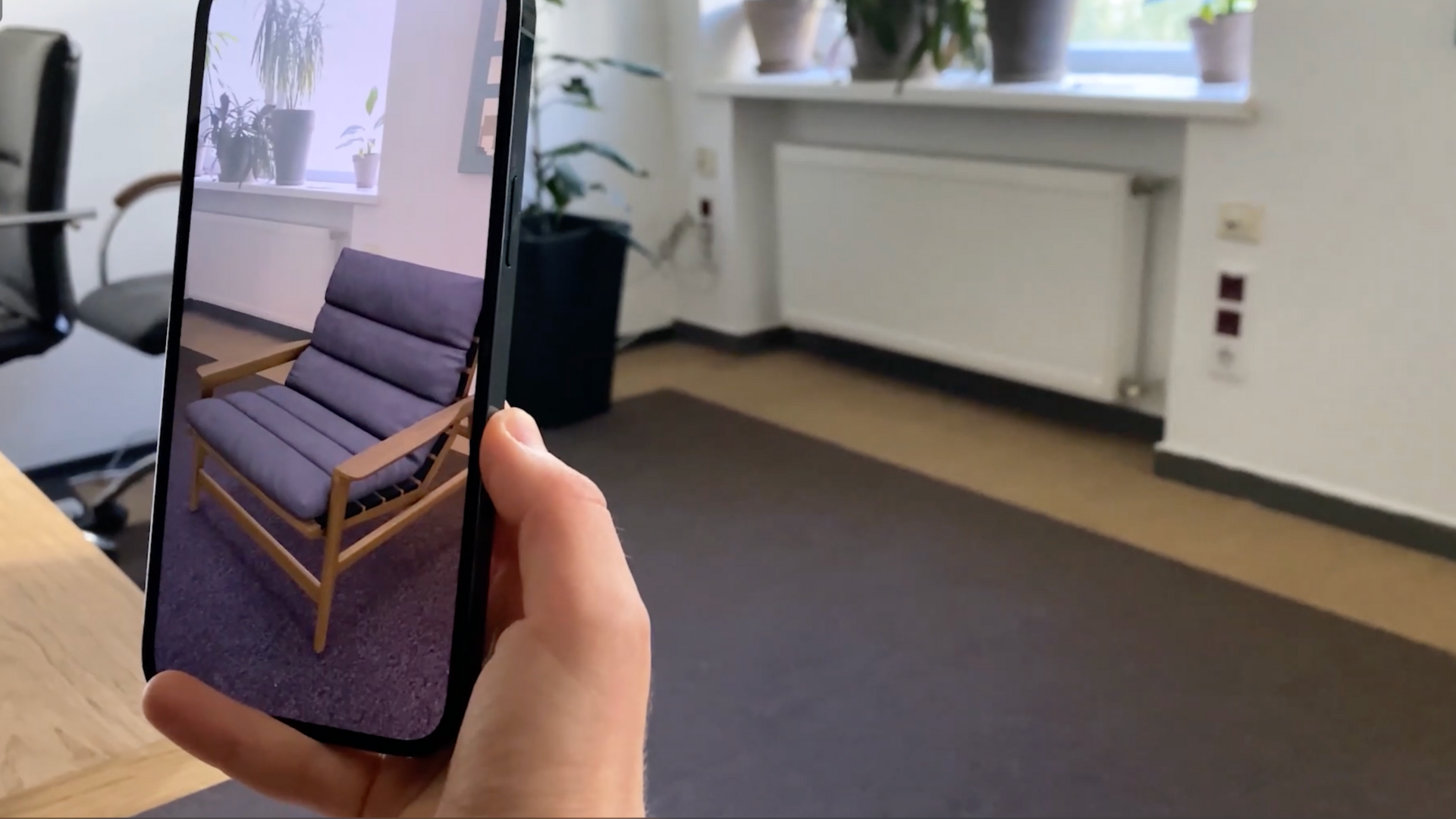
AR is one of the technology trends that keeps bringing furniture advertising to new levels. Augmented reality in content marketing allows the users to engage with the pieces even without seeing them, bridging the gap between e-commerce and brick-and-mortar stores. AR apps enable consumers to virtually place furniture in their own spaces before making a purchase. This not only enhances the shopping experience but also serves as a valuable tool for brands to gather insights into consumer preferences.
#7. Case Studies
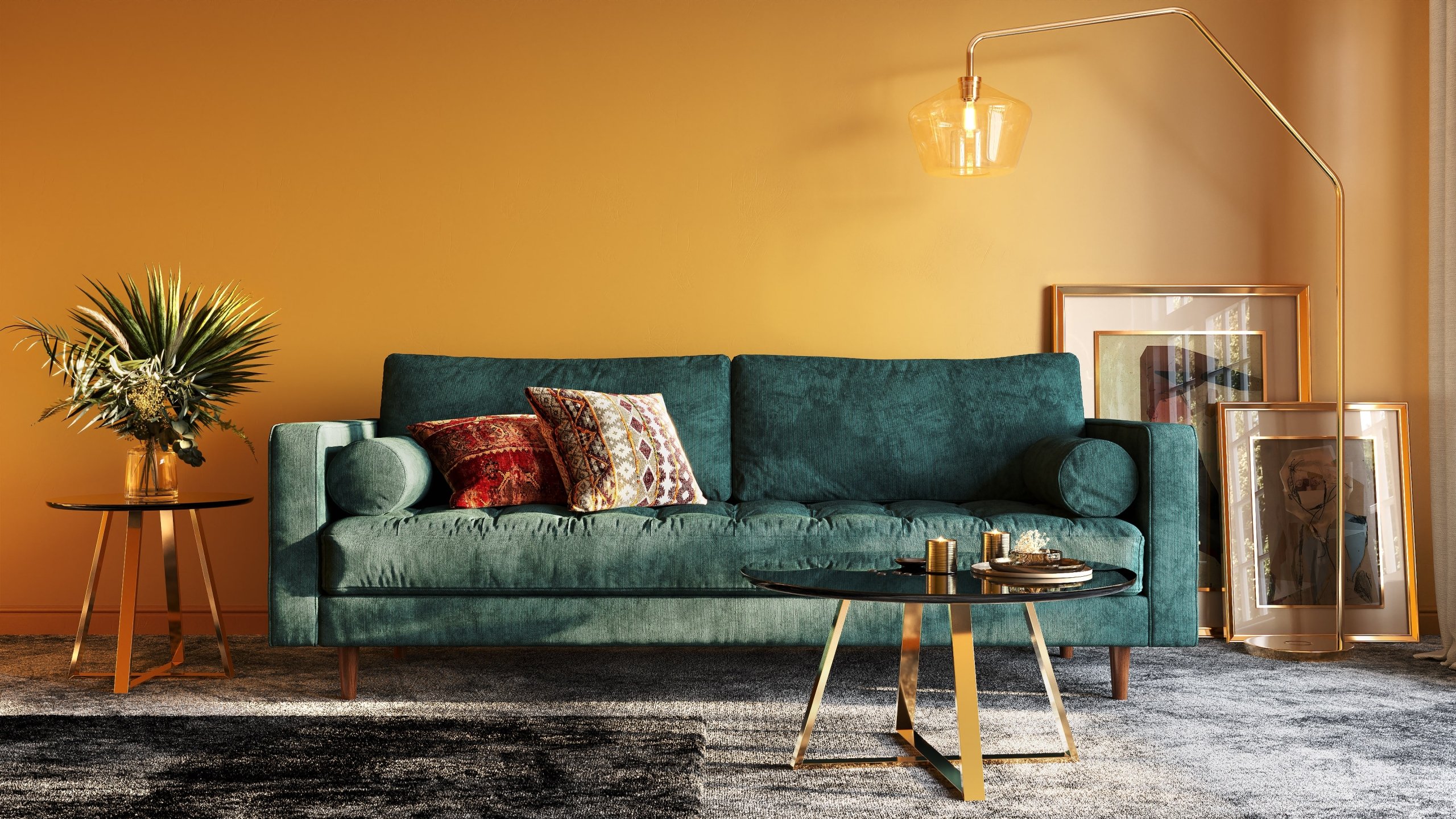
IKEA is a notable example of a brand pioneering CGI use in their advertising materials. IKEA adopted 3D models into its catalogs as far as in 2005, and in 2017, they introduced an AR app.
Wayfair has also developed an AR app that allows customers to visualize furniture in their own space before making a purchase.
Dunelm and John Lewis actively use CGI in their websites as well – it actually counts for at least half of the visuals there, if not more.
The clients of our studio actively use CGI in advertising as well – you can check out our case studies to see how it works for e-commerce platforms, catalogs, and more.
The reason for this is that CGI helps to reduce the stress associated with making sometimes quite costly purchases without examining them in person. This way, customers trust what they are seeing more, are less likely to return the purchase, and so they are more satisfied with their brand interactions in general.
#8. Collaboration with CGI Studios
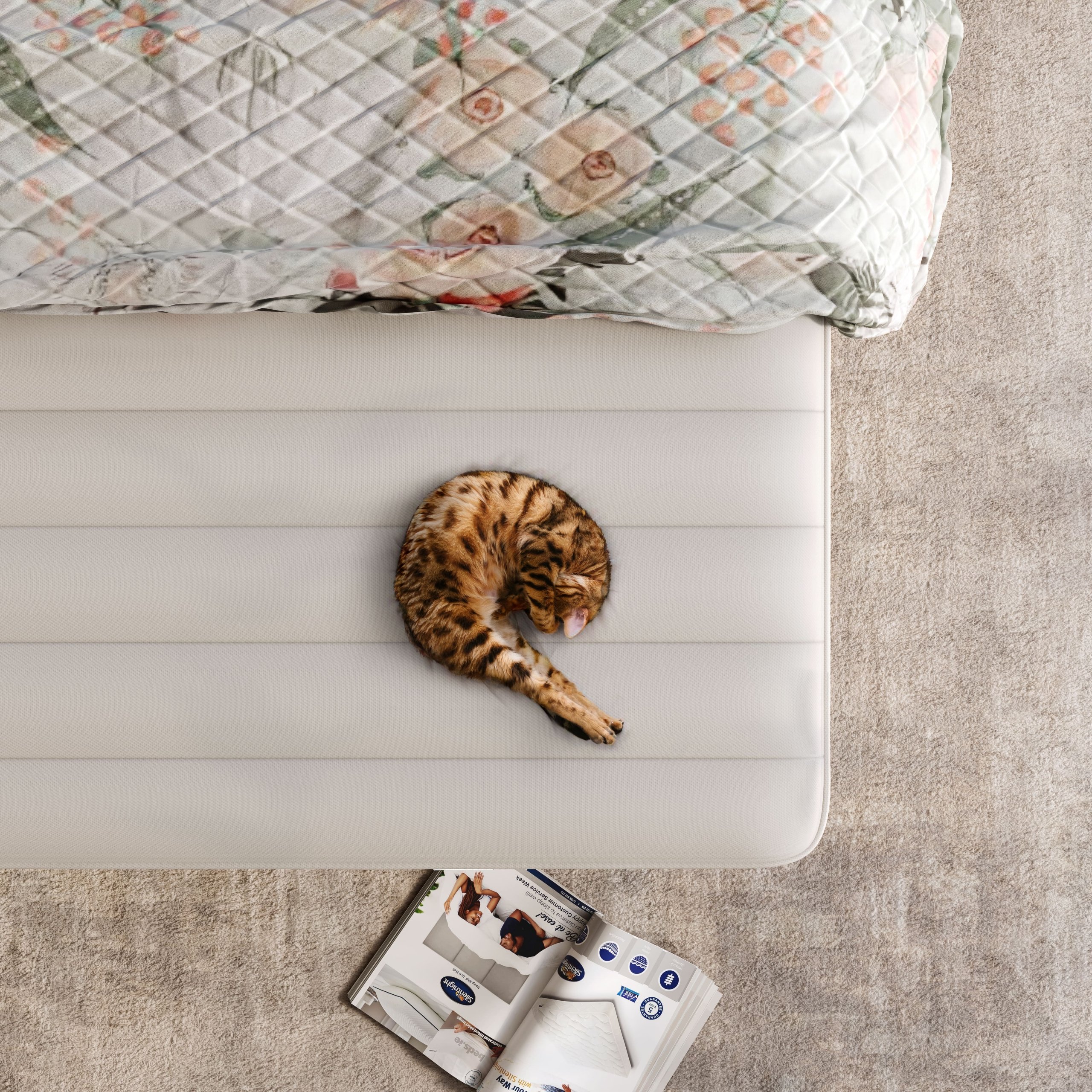
If you’ve already sold on the idea of using CGI in your advertising, the next step will be choosing the right studio. The criteria you should watch out for are expertise, portfolio, and client reviews. Make sure that the studio has examples of work that are related to your niche, that look good, and that you actually like. Otherwise, you might end up with a studio that is professional but that’s just not a good fit for you.
Effective communication is another thing to look for, so make sure you’re on one wavelength with project managers and any other studio representatives you’ll be working with.
A pro tip: ask if the studio has a library of pre-made 3D models and scenes. This is likely to save you quite a lot of money and time.
#9. Future Trends and Innovations
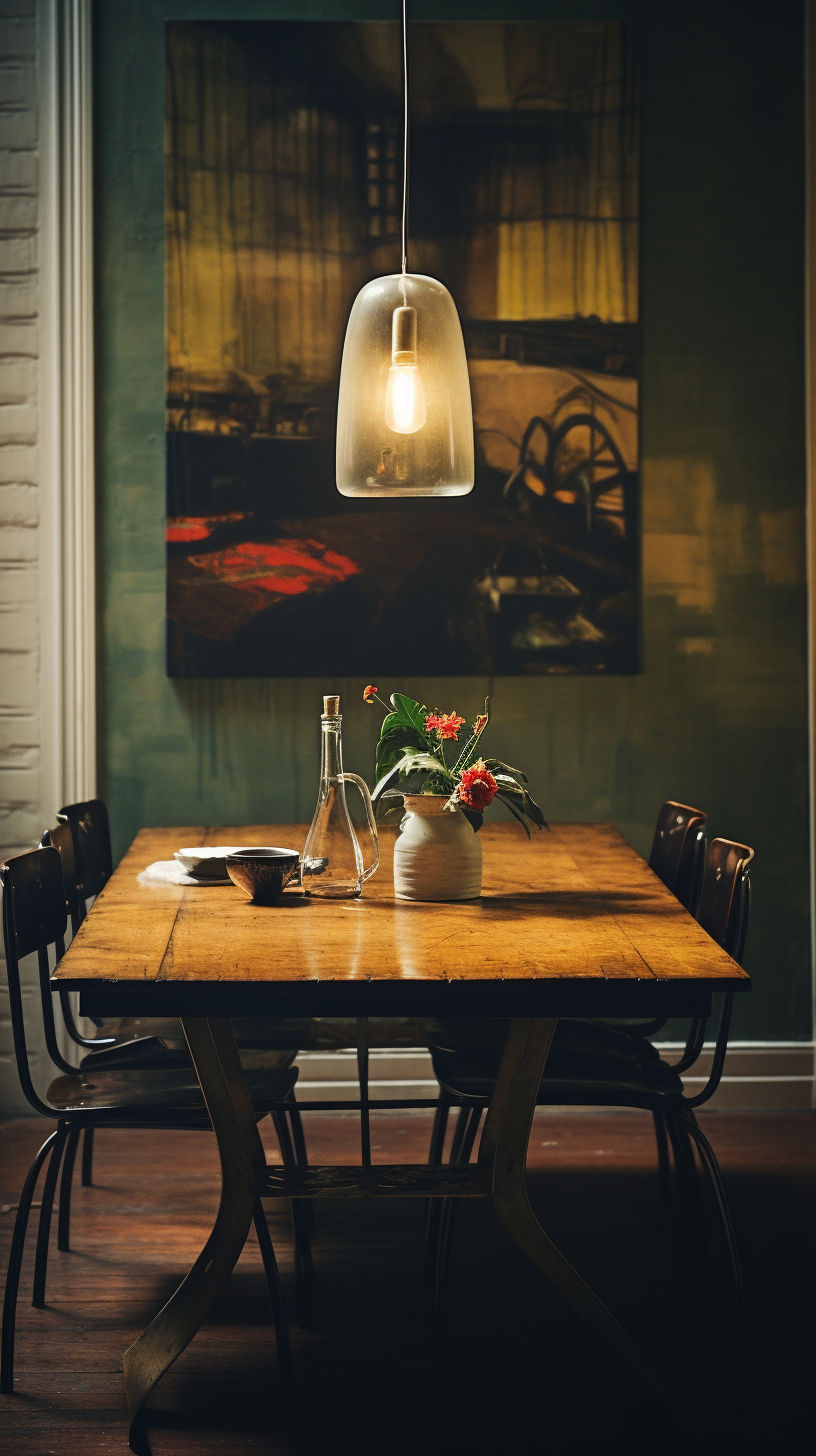
As the use of CGI in advertising evolves, several emerging trends and innovations are shaping the future of visual advertising.
First of all, it’s real-time rendering. It allows for instant visualization of CGI content, eliminating the need for time-consuming rendering processes. This not only quickens the creative workflow but also enables interactive, on-the-fly adjustments during presentations or customer interactions. The potential buyers can interact with models and witness immediate changes in lighting, textures, and product configurations.
The second trend is, of course, AI integration. AI algorithms can analyze vast datasets to predict and generate realistic textures, lighting scenarios, and even consumer preferences. This enables a more automated and efficient content creation process, freeing up creative teams to focus on strategic aspects of campaigns. With AI-driven personalization CGI visuals can be tailored based on individual user preferences, creating a highly targeted and engaging experience.
#10. Measuring Success

To evaluate the success of CGI in furniture advertising, brands should focus on key performance indicators (KPIs).
When it comes to customer engagement, mind the dwell times and customer engagement. For the first, measure the time users spend engaging with CGI content on your website or social media platforms. Longer dwell times often indicate heightened interest and interaction. For the second one, track how users interact with CGI elements, such as zooming in on details or exploring different product variations. This provides insights into user engagement levels.
Conversion rates are another great indicator. Analyze CTRs: the percentage of users who click on CGI-driven advertisements. Higher CTRs suggest effective visual appeal and interest. In general, evaluate the percentage of website visitors who complete desired actions, such as making a purchase. A positive correlation with CGI content signifies its impact on conversion.
For brand perception, use surveys, as well as monitor comments, mentions, and shares of CGI-driven content.
To ensure the accuracy of the results, monitor these metrics continuously, use A/B testing, gather qualitative feedback, and adapt accordingly.
CGI in advertising is a powerful tool that allows furniture businesses to boost their marketing performance. Eye-catching high-quality visuals attract the potential buyers’ attention and often allow them to interact with the pieces in ways previously only possible offline.
If you’re looking for an experienced and reliable CGI services provider, contact us to see how CGI in advertising can work for you!


Leave a Reply
Want to join the discussion?Feel free to contribute!